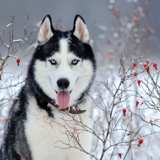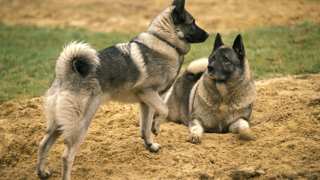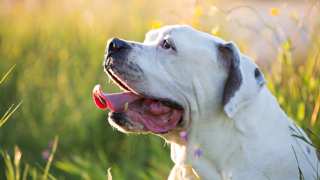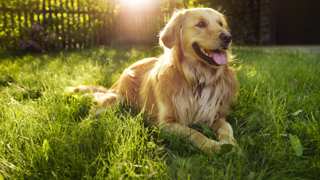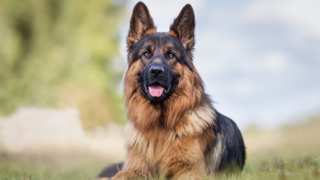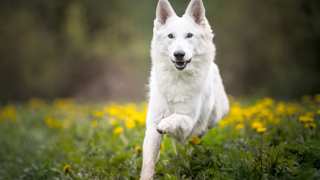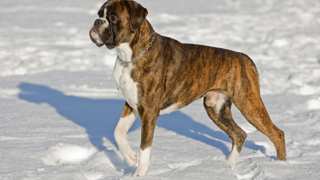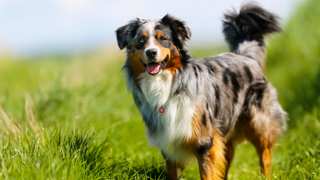Siberian Husky Grooming
Overall, the Siberian Husky is pretty low-maintenance when it comes to grooming. These dogs will only need weekly brushing (except during the spring and fall shedding seasons, when they'll need it daily)--and Huskies tend to keep themselves very clean, so they'll generally only need baths about every six months. Haircuts aren't necessary, and in fact shaving a Siberian Husky is not at all recommended.
Here you'll find plenty of info on Husky coat care, step-by-step instructions on brushing and bathing, and details about paw and dental care, pest control, and exactly why shaving a Husky is not a good idea. Get answers to your questions about grooming a Siberian Husky in the following sections!
